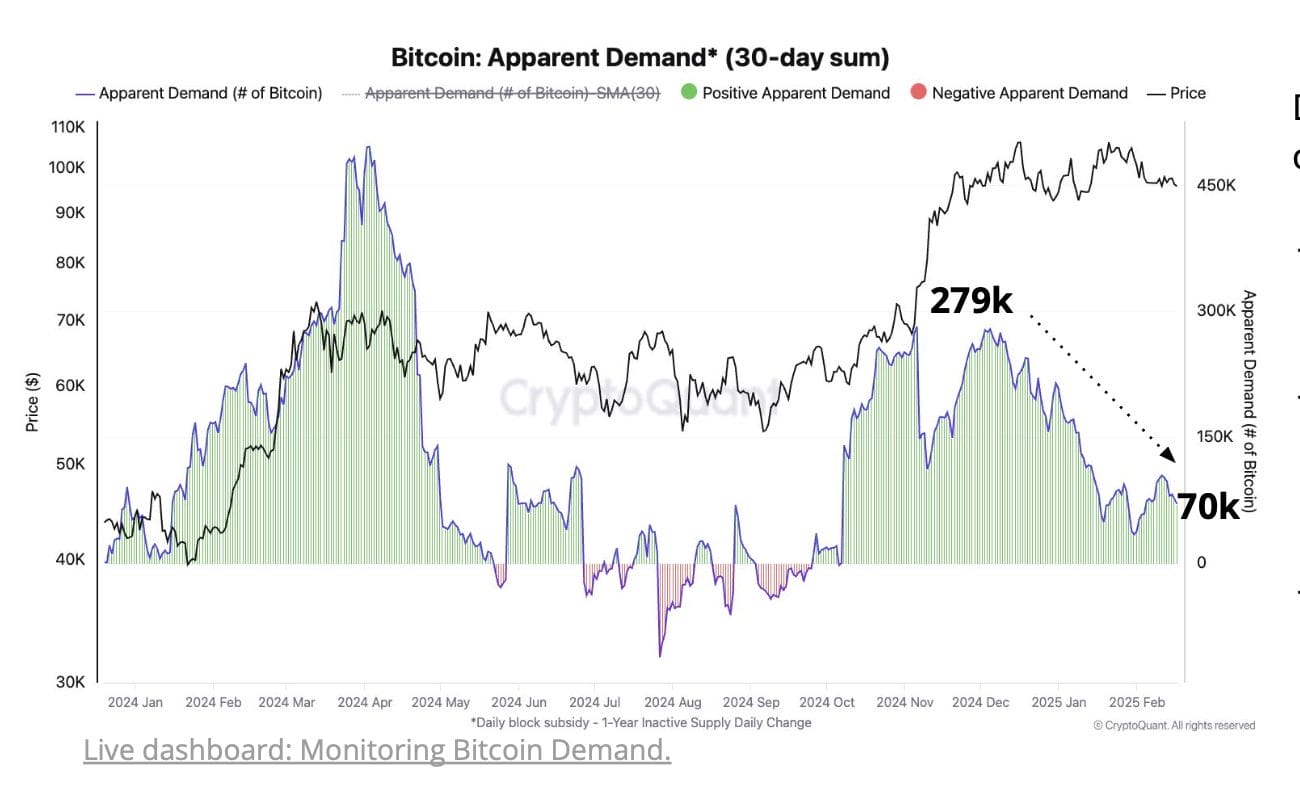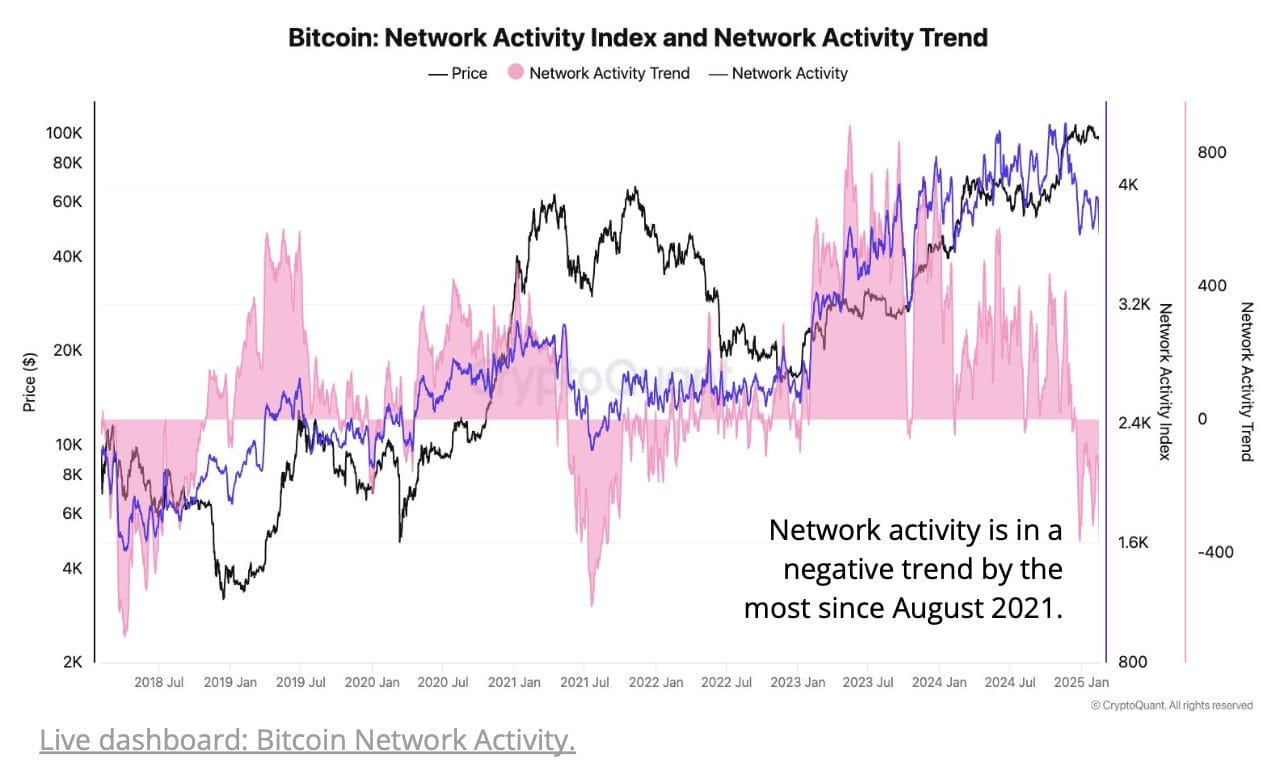PI Network Airdrop Announced by Exchanges Before Mainnet Launch. Pi Network, one of the most highly anticipated blockchain projects, is finally set to launch its mainnet on February 20, 2025. After years of delays and controversies, the project will see its native PI token listed on major centralized exchanges, including OKX, Bitget, Bitrue, HTX, and BitMart.
One day left before Open Network’s launch at 8:00AM UTC on February 20, 2025! https://t.co/hcCfuBQZPI
The transition to Open Network will enable external connectivity on the Mainnet blockchain, allowing Pi to interface with other compliant networks and systems. This means…
— Pi Network (@PiCoreTeam) February 19, 2025
With over 3.8 million followers on X (formerly Twitter), Pi Network has built a massive community, surpassing major networks like Ethereum and Solana in online engagement. However, uncertainty remains over its launch price, as different exchanges prepare airdrops and reward events to attract users.
Exchanges announce airdrop and listing events
Bitget has launched a $60,000 PI airdrop pool, where KYC-verified users can complete trading tasks to qualify for rewards. Meanwhile, BitMart is offering $3,000 USDT worth of PI tokens to 300 selected users. These are currently the only confirmed airdrop opportunities, but scammers are taking advantage of the hype, making it crucial for users to only engage with verified platforms.
Will Binance, Coinbase, and Kraken list PI?
Despite growing excitement, Binance, Coinbase, and Kraken have yet to confirm PI token listings. Binance is conducting a community vote on whether to list PI, with the results expected by February 27.
Pi network’s IoU token drops over 50%
In contrast, Pi Network’s IoU token has plunged over 50% in value, following its delisting from exchanges like HTX. The drop signals uncertainty around PI’s real market value ahead of the mainnet launch.
Final countdown to Pi network’s biggest moment
With the mainnet launch approaching, Pi Network is gearing up for a defining moment in its crypto journey. Whether PI can live up to expectations will soon be revealed as it enters the open market.
Donald Trump’s World Liberty Financial Acquires $10M in WLFI and $125K in SEI
The Macro Strategy serves as a strategic token reserve aimed at enhancing WLF’s standing in DeFi while fostering stability in the broader crypto market. The company asserts that this initiative will also bolster leading cryptocurrencies like Bitcoin and Ethereum. However, critics argue that WLF is merely a self-serving venture tied to Donald Trump and his allies, who own 60% of WLF. This ownership grants them 75% of WLF’s revenues and control over 22.5 billion WLFI tokens.
Trump’s financial interests in cryptocurrency have grown significantly, as his family also holds a majority share in Trump Media & Technology Group, which recently expanded into crypto-related financial services.
A multisig wallet created by #Trump‘s World Liberty Finance (@worldlibertyfi) has withdrew $10M $USDC from #Coinbase to buy 200M $WLFI.
They also spent $125k $USDC to buy 547,990 $SEI at an average price of $0.228.
MultiSig Wallet: 0x64bcb62afee4712bb6ecf7673ee3cfe6e2e133e8… pic.twitter.com/w4Luz8NIuR
— Onchain Lens (@OnchainLens) February 20, 2025
Justin Sun’s Investment Raises Ethical Questions
Controversial Tron blockchain founder Justin Sun has been a major investor in WLF, contributing at least $75 million to WLFI. Sun’s past connections to alleged illicit financial activities on Tron’s network have raised concerns about the ethical implications of his involvement with WLF.
WLF’s Token Sales and Market Expansion
WLF’s aggressive growth strategy has allowed it to surpass its initial financial goals. As of February 9, WLF had sold $455 million worth of tokens, with $319 million raised from the sale of 21.3 billion WLFI tokens at $0.015 each. A second round of sales at $0.05 per token generated an additional $136 million.
With its latest purchases, WLF continues to expand its influence in the crypto industry, positioning WLFI as one of the most significant token launches in recent history.
Bitcoin Faces Potential Price Correction as Demand and Liquidity Stay Low: CryptoQuant
Bitcoin’s recent dip to $93,000, its lowest level in a month, reflects a confluence of weakening demand, slowing liquidity inflows, and reduced network activity. Analysts warn that unless these conditions improve, Bitcoin could face further downward pressure, with a potential decline toward $86,000.
Bitcoin Demand Weakens, Heightening Correction Risks
Bitcoin’s demand has fallen significantly since its surge in late 2024, which was partly driven by optimism surrounding U.S. election results. According to CryptoQuant, daily Bitcoin demand has plummeted from 279,000 on December 4, 2024, to just 70,000 today.

This decline is also evident in Bitcoin ETF flows, which once recorded net inflows of 18,000 BTC but have since reversed to a net outflow of 1,000 BTC. This suggests a retreat in investor confidence, particularly among institutions.
Demand for Bitcoin from Spot ETFs is less than half of what it was at this point last year.
Net inflows
2025: 41K Bitcoin
2024: 100K BitcoinETFs are simply not buying as much so far this year. pic.twitter.com/IjDGSRrvn9
— Julio Moreno (@jjcmoreno) February 19, 2025
Additionally, CryptoQuant’s Inter-exchange Flow Pulse reveals declining spot Bitcoin demand in the U.S., with fewer BTC moving from other exchanges to Coinbase, a key gateway for institutional investors. The metric has fallen below its 90-day moving average, reinforcing concerns about fading buying interest.
Weak Liquidity Inflows from Stablecoins Add to Market Pressure
Liquidity constraints are compounding Bitcoin’s struggles. Despite stablecoins reaching a record $200 billion in market capitalization, their expansion rate has slowed significantly.
Notably, Tether (USDT), a leading stablecoin, has seen its 60-day market cap growth collapse by 92%, from $20.4 billion on December 16 to just $1.5 billion today. Since stablecoins are often used to fund Bitcoin purchases, this decline signals reduced capital inflows into the crypto market.
Analysts suggest that a rebound in stablecoin liquidity could play a critical role in supporting Bitcoin’s price stability. Without sustained inflows, Bitcoin could struggle to regain upward momentum.
Bitcoin Network Activity Hits Lowest Level in a Year
Adding to Bitcoin’s woes, network activity has fallen by 17% since peaking in November 2024, reaching its lowest level in over a year.

CryptoQuant’s Bitcoin Network Activity Index has now dipped below its 365-day moving average for the first time since July 2021, when China banned Bitcoin mining. This signals a reduction in on-chain transactions, further supporting a bearish market outlook.
Investing in Uncertain Market Conditions
Bitcoin is now facing pressure from multiple angles, making investment decisions more complex. The combination of declining demand, weakening liquidity, and slowing network activity presents a crucial moment for investors to rethink their strategies.
Rather than reacting to short-term price swings, experts encourage investors to take a disciplined and data-driven approach. As the market remains in flux, careful risk assessment and long-term strategic positioning will be key to navigating this period of uncertainty.


